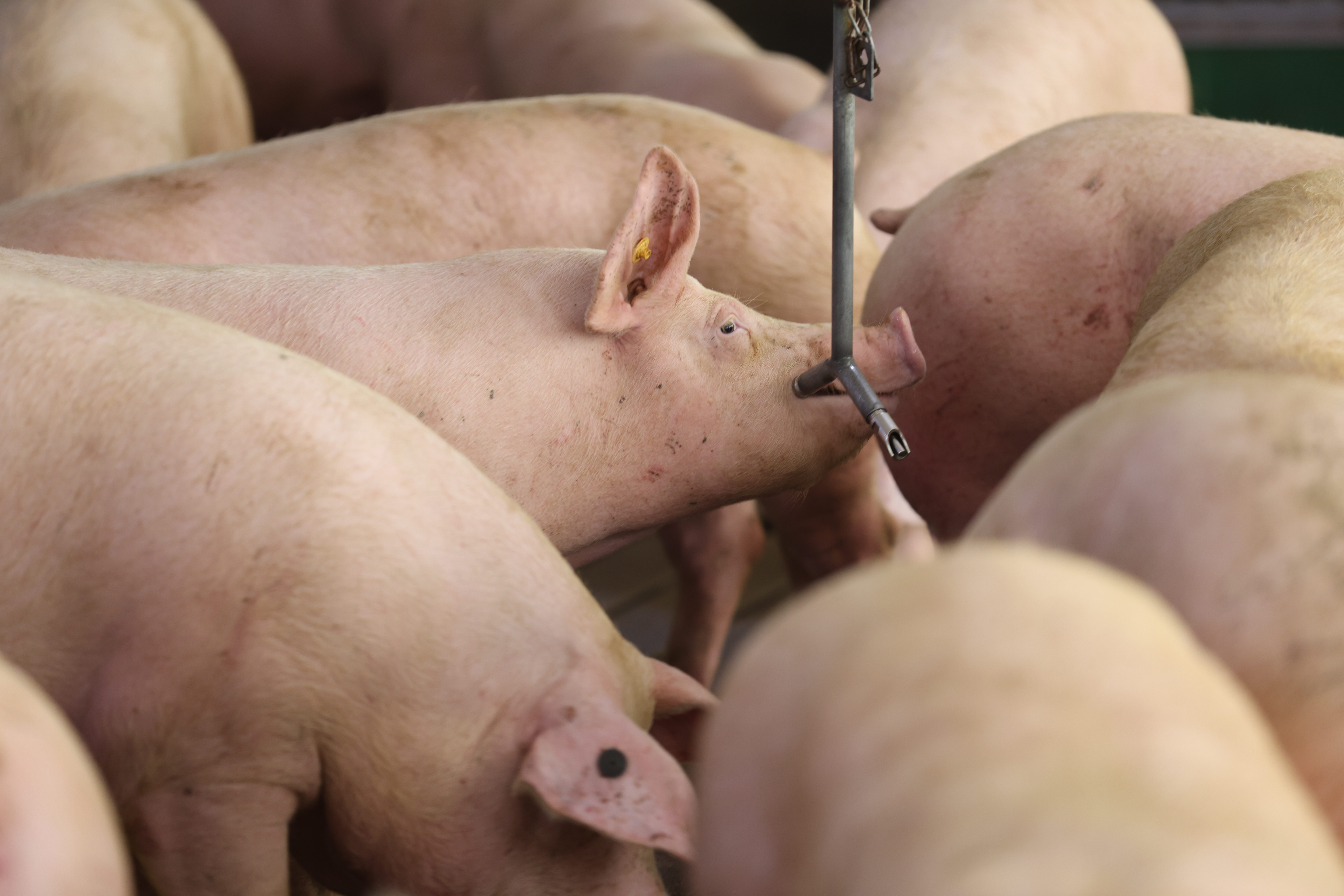Water is the second-most important nutrient for livestock behind oxygen. Animals need a plentiful supply of good, clean water for normal digestion and metabolism, proper flow of feed through the intestinal tract, proper nutrient absorption, normal blood volume, and tissue requirements.
When water becomes dirty, stale tasting or contaminated, livestock water usage and feed intake decrease, negatively affecting growth, production and reproduction performance. This is why it’s important to make sure your animals’ water supply is clean and fresh on a regular basis.
Tips for Keeping Your Livestock Water Trough Clean
- Clean water troughs often: You should clean troughs about once a week by emptying all water from the tank and scrubbing it clean, making sure to scrape off any dirt, debris or algae. Then rinse the trough with a 10 percent bleach solution and rinse twice more with regular water.
- Control algae growth: For every 50 gallons (190 liters) of water capacity, add two to three ounces (59 to 89 milliliters) of regular household bleach every week. Wait at least an hour before you let your animals drink from the trough to allow the chlorine time to dissipate. The chlorine will dissipate faster in hot weather. You can also add copper sulfate at a rate of 1/8 teaspoon per 100 gallons (380 liters) of water to kill existing algae, which can then be mechanically removed.
- Cover or shade your water trough: This will reduce the water’s exposure to light, therefore slowing algae growth, as well as minimizing the amount of dirt and debris that gets into the water.
- Keep sick animals isolated: Dirty water is a growth media for disease organisms, and disease can spread quickly when animals drink from the same water source. This is another reason water troughs should be cleaned often.
Clean Water Lines for Improved Water Quality
It’s important to keep your water lines clean on your pork and poultry operations. To maintain clean, quality water, know your water supply’s challenges and address them properly by using the right daily water sanitizer. Chlorine is a popular and effective sanitizer for water lines, although it’s not perfect. An alternative to chlorine is hydrogen peroxide. Be sure to document which products you use, and which ones work best.
It’s important to clean the entire system: water lines, standpipes, regulators and distribution pipes. An inadequate cleaning wastes time and effort. Follow these steps to make sure your water lines are adequately cleaned:
- Open water lines and drain completely.
- Pump your cleaner or sanitizer through the water lines. Be sure to watch the water as it leaves the drain line for signs of the product, such as foaming or suds, to make sure it is getting through.
- Once the lines are filled with the cleaner or sanitizer, close the tap and leave the product in the lines for as long as the manufacturer recommends, over 24 hours if possible.
- Flush the cleaner or sanitizer from the water lines with water containing sanitizer normally used in the drinking water, such as a 5% bleach solution.
- Clean and sanitize water lines from the water well to the poultry and swine facilities. It’s best not to flush the outside water lines through the water lines inside the buildings. Instead, connect a water hose to the medicator faucet to drain the outside lines.
After cleaning and sanitizing your water lines, the water supply should be fresh and chlorinated at 3-5 ppm in the drinker furthest from the source.
Analyze Water Quality with Zinpro H20 Water Analysis Program
Zinpro offers a step-by-step tool for our customers to help put livestock and poultry producers on the road to optimal water quality. The Zinpro H2O Water Analysis Program analyzes results from water testing samples to water quality standards. The results can help nutritionists, producers and veterinarians identify areas of concern and review signs of potential toxicosis.
To learn about the Zinpro H2O Water Analysis Program or about including Zinpro Performance Minerals® as part of your livestock nutrition program, contact your Zinpro representative.

